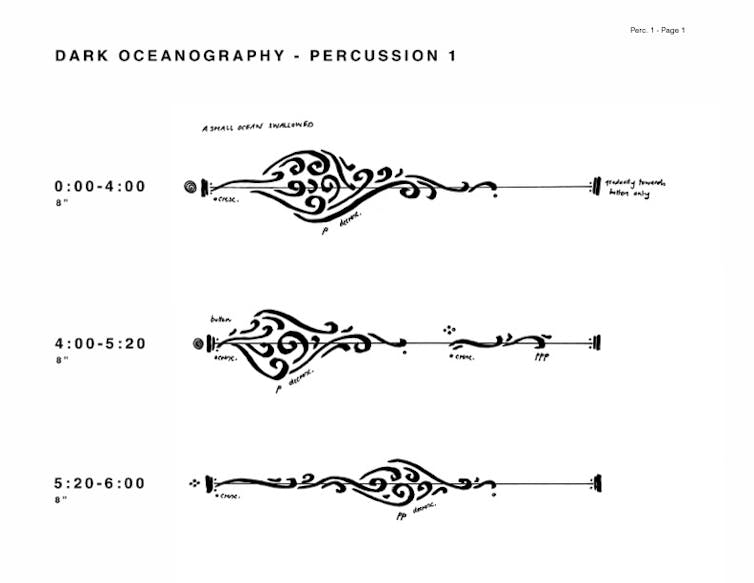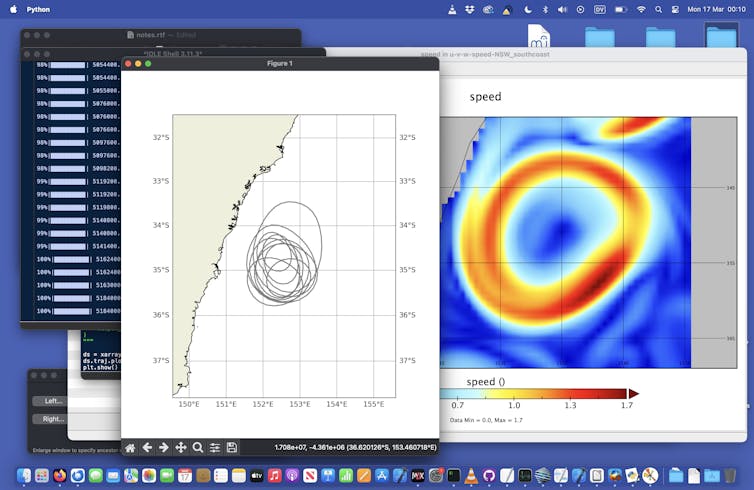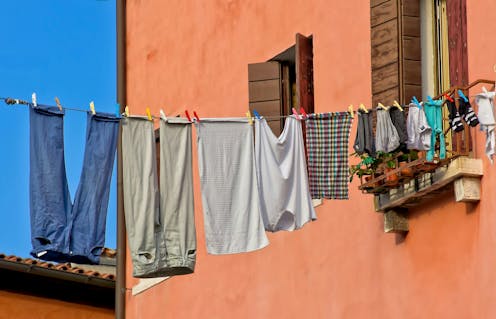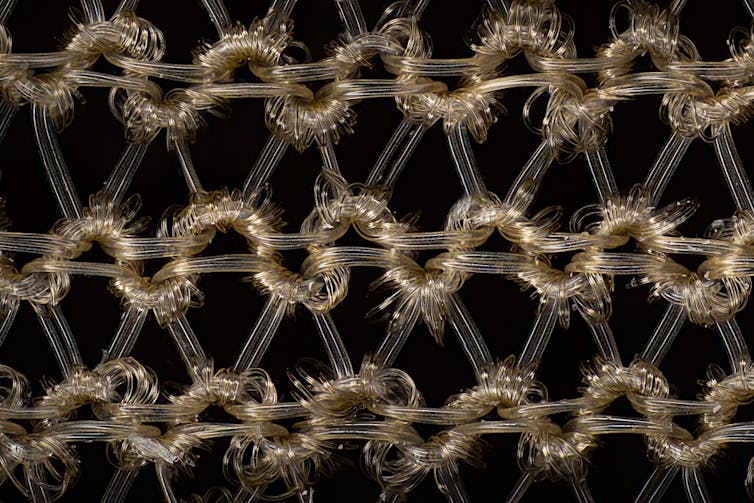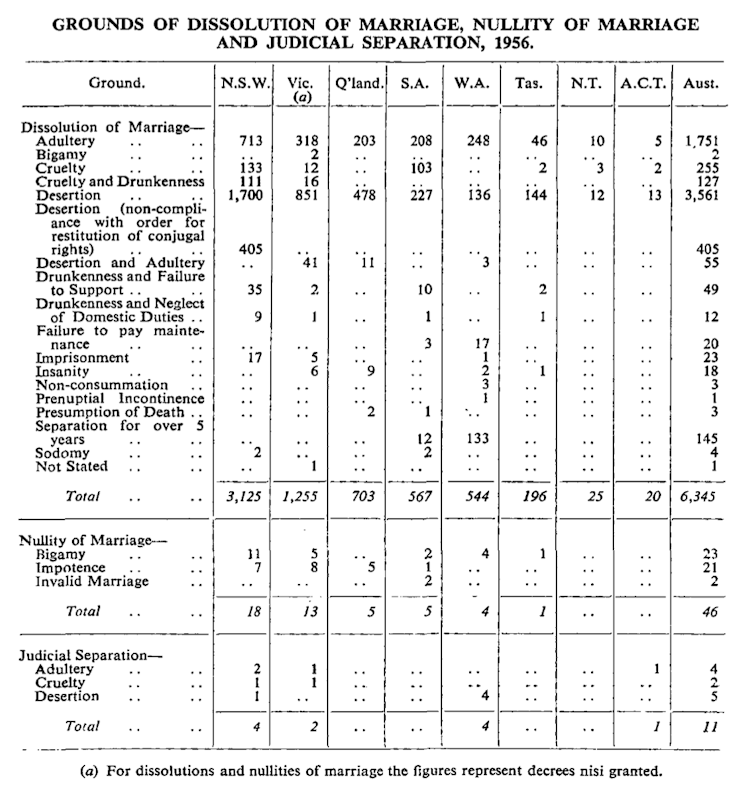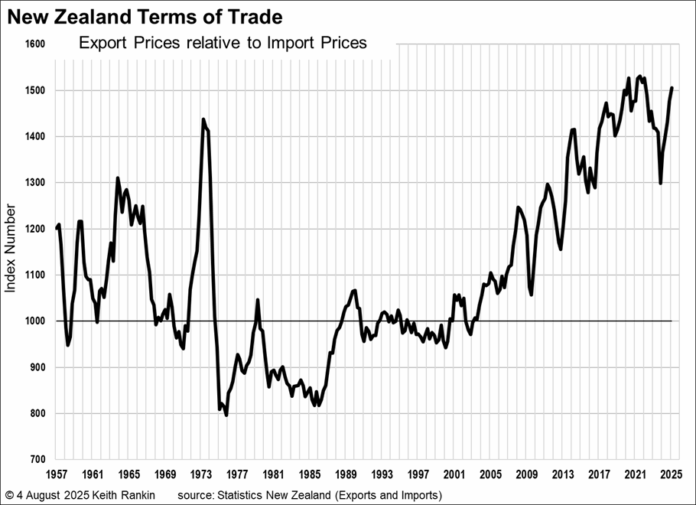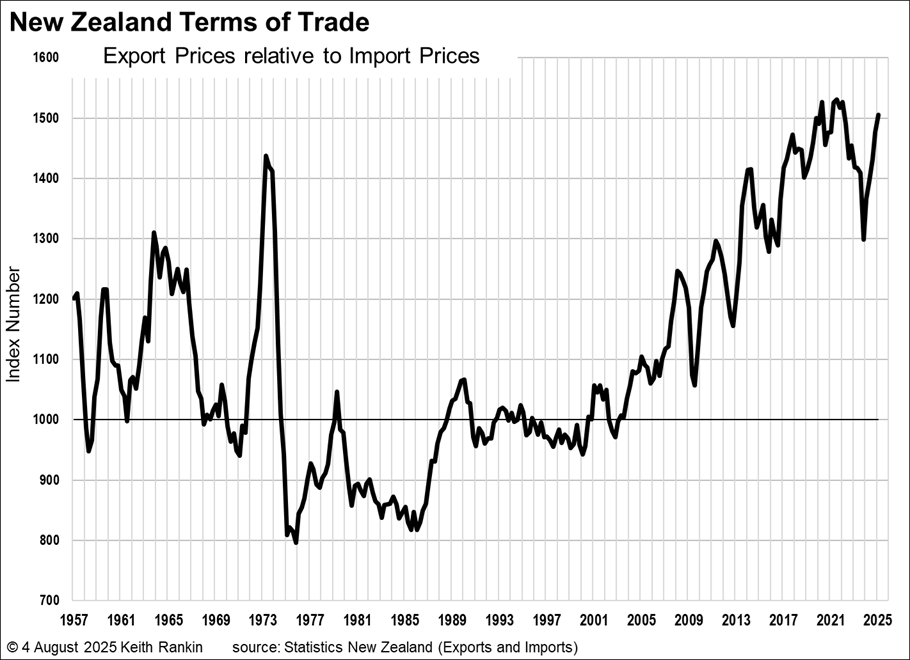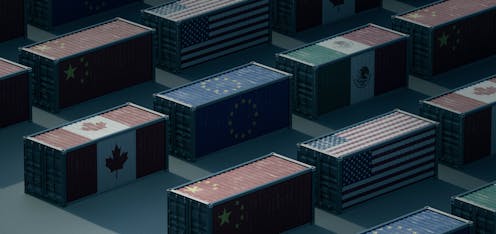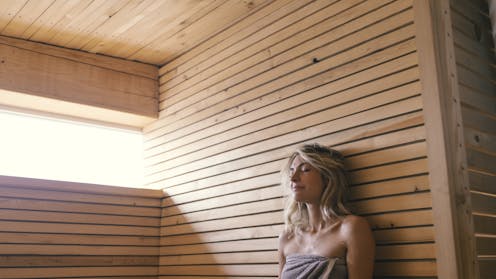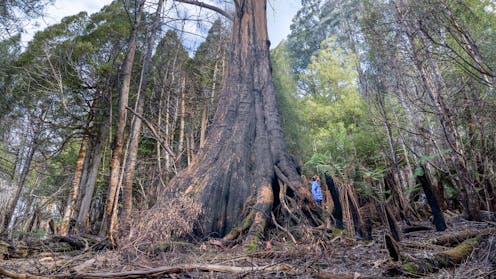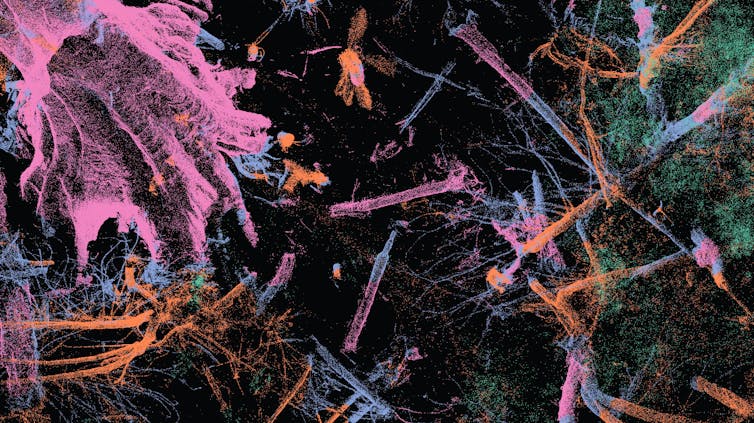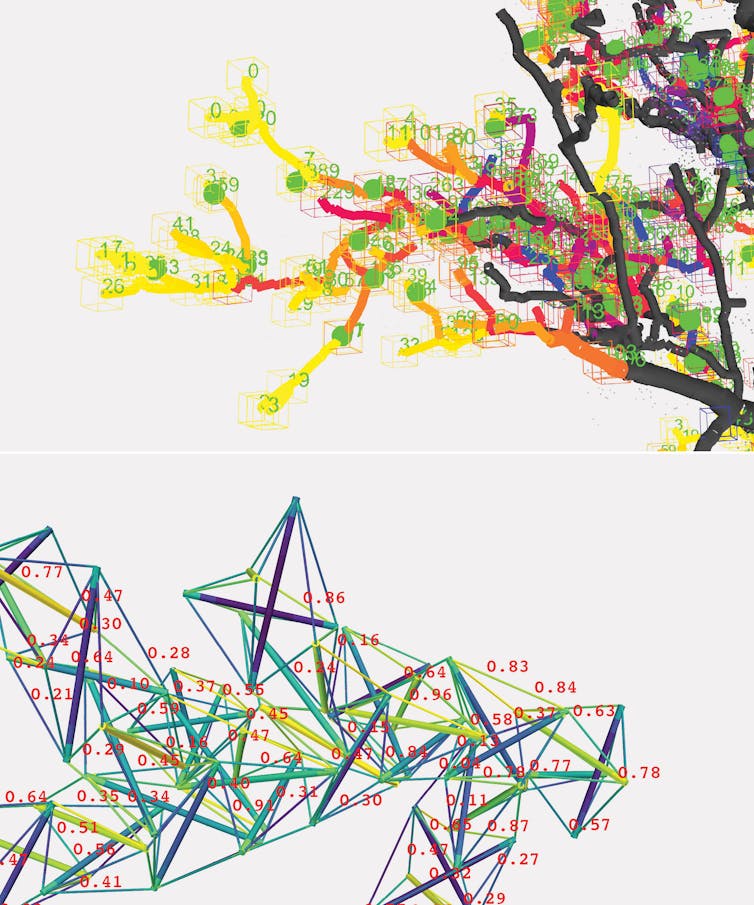Source: The Conversation (Au and NZ) – By Andrew Norton, Professor of Higher Education Policy, Monash University
After two years of trying to reduce international student numbers, the Albanese government will soften its approach in 2026.
The changes, announced on Monday, are small. The main feature is a modest increase in the government’s target maximum number of new international students. This will see the target go from 270,000 in 2025 to 295,000 in 2026.
But with multiple other migration policies to block or deter international students, the actual number of new international students in 2026 could still fall short of 295,000.
What is the 2025 system?
Under the current system, the 270,000 target is divided between 176,000 international students for higher education and 94,000 for vocational education. Each education provider has its own maximum number within these totals.
After the Senate rejected formal caps in November 2024, these target maximum numbers are not legally enforceable. But once an education provider reaches 80% of its target number, student visa applicants go into a visa processing slow lane.
So we have a “soft cap” system.
What will happen in 2026?
In 2026 all education providers will receive at least their 2025 allocation.
Higher education providers, including universities, will share 196,750 student places, two-thirds of the 2026 total.
Public universities (which are most of the universities in Australia) can apply for additional places if they are making “good progress” towards their 2025 allocation.
To receive new places, universities must demonstrate they are meeting two government priorities around student accommodation and increased engagement with Southeast Asia.
The student accommodation provision relates to the main original reason for cutting international student numbers: to reduce housing pressure. This policy change should help universities that offer a high number of student accommodation places relative to their enrolments.
The Southeast Asia provision is new and builds on a 2023 government-commissioned report on Australia’s Southeast Asia Economic Strategy. The emphasis on Southeast Asia should benefit universities which already have campuses in the region. It may also help universities enrolling high numbers of students from Southeast Asia in their Australian campuses.
Private not-for-profit universities will get increased caps to treat them in a more similar way to public universities. Other private higher education providers will get a 3% increase.
Increases for vocational education
In the vocational sector providers with 2025 allocations exceeding 100 will get a 5% increase for 2026.
For smaller providers, a more complex system will apply, due to under-utilisation in 2025. All their caps will be put in a single pool. These providers can freely recruit up to 80 students. Past that point, future visa applicants will be processed more slowly.
New exemptions in 2026
The 2025 limits have a range of exempt student categories that will be retained. These include school students, English-language students, students from the Pacific and Timor-Leste, research students, students with government scholarships, and some students who start their course offshore and then complete it in Australia.
In 2026, two new categories of continuing students will not be counted towards the soft cap of their next education provider.
These are international students who complete their schooling in Australia and students coming from pathway colleges. These colleges offer diploma courses based on the curriculum of a target first-year bachelor program, but with more intensive and remedial teaching methods. If the student is successful, they then transition into second year of the bachelor degree.
Will vocational education meet the caps?
The government’s many migration changes since 2023 have smashed offshore demand for vocational education.
In the first six months of 2025, only 8,108 people applied from overseas for a vocational visa, 75% down on the same time in 2023. Only 4,163 vocational visas were granted to people not already in Australia.
The Department of Education reports 68,515 commencing international vocational enrolments for 2025 as of April. While this figure does not exactly reflect the way soft caps are calculated, it is equivalent to nearly three-quarters of 2025’s vocational target number.
The large discrepancy between offshore vocational visa grants and 2025 commencements is due to onshore visa applications and a backlog of undecided applications. Both are legacies of the post-COVID enrolment boom, which left significant numbers of students and former students hoping to extend their stay in Australia.
At some point, the legacy demand sustaining vocational education will be exhausted. From there, weak demand from overseas will drive down new vocational student numbers. The increased 2026 allocation for vocational education students may not reflect the underlying problems facing international vocational education.
Can higher education meet the caps?
Despite the government’s migration policy changes, international student demand for higher education is resilient – down on the 2023 and 2024 boom years, but similar to the pre-COVID year of 2019.
China is the main reason higher education numbers have not fallen further. Compared to most other students, Chinese students express relatively low interest in migration. They are also less affected by financial changes to the migration system, such as work restrictions, requiring more savings before a visa is granted, and higher visa application fees.
For India, Australia’s second-largest international student source country after China, demand is down significantly. In the first six months of 2025, higher education visa applications from India were less than half their peak level in 2023 and down 30% on 2019.
Australian universities that rely on the Indian market are likely struggling to reach their 2025 soft cap. If so, this cap will not be increased for 2026.
What happens now?
Coming only a month after the government increased the student visa application fee for a second time, from A$1,600 to $2,000, higher soft caps for 2026 will come as a pleasant surprise for the international education sector.
But increased caps do not signal a long-term shift back towards a more market-led approach to international education. The government has confirmed its plan for the Australian Tertiary Education Commission to regulate higher education international student numbers from 2027.
This week’s announcement also continues the government’s “picking winners” approach to industry policy. It limits large movements of student enrolments between education providers and offers public universities preferential treatment.
The migration system remains much less favourable to international students than it was two years ago.
![]()
Andrew Norton works for Monash University, which has strong Southeast Asian links and may therefore benefit more than other universities from the policy discussed in this article.
– ref. Australia’s student caps will ease up in 2026, but times will still be tough for international education – https://theconversation.com/australias-student-caps-will-ease-up-in-2026-but-times-will-still-be-tough-for-international-education-262521




